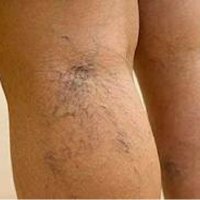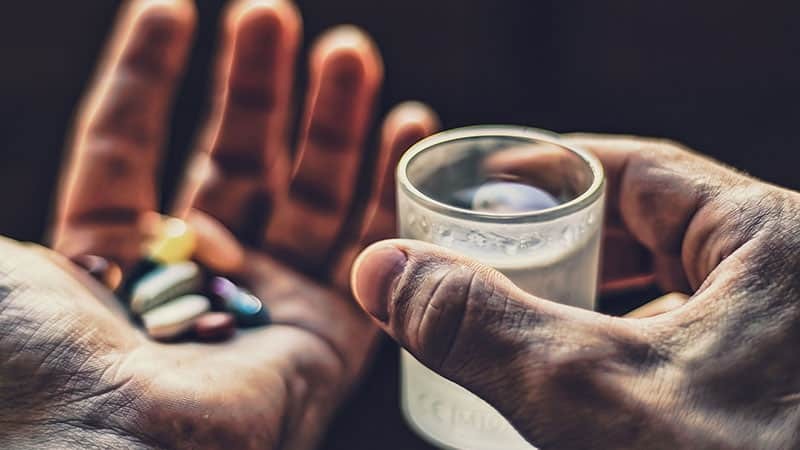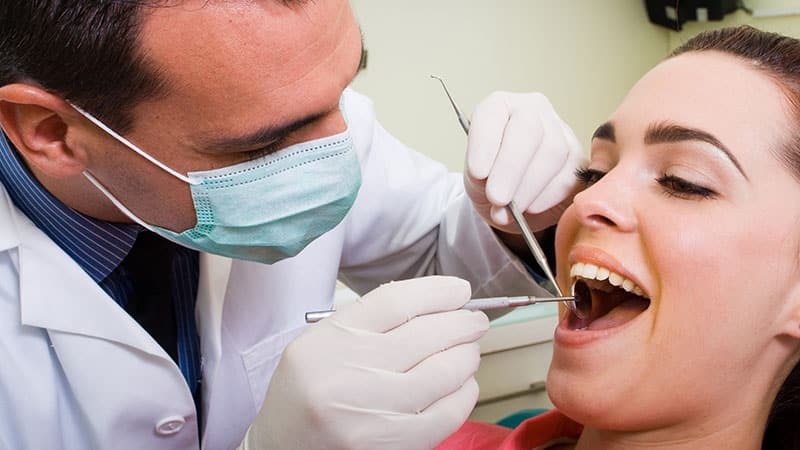Deep vein thrombosis

A disease in which blood clots form in deep veins( thrombi) is a deep vein thrombosis. Thrombosis of veins is formed more often in the region of the lower leg, pelvis and thighs. This disease is quite dangerous, therefore it requires urgent treatment.
What are the complications of deep vein thrombosis?
The outcome of thrombosis can be chronic venous insufficiency, as a result, the patient develops swelling of the lower limbs, develops a trophic disorder( trophic ulcers, eczema, lipodermatosclerosis).The most dangerous complication of the disease is thromboembolism of the pulmonary artery. Parts of the blood clot can come off and with the blood flow begin to move into the lungs. Getting into the pulmonary artery, cause her embolism( blockage).In the pulmonary artery, blood flow is disturbed. This leads to the onset of cardiac and acute respiratory failure. This can lead to instant death of the patient. If a small branch of the pulmonary artery clogs a piece of a thrombus, a lung infarct is formed.
What are the causes of deep vein thrombosis?
This disease occurs when the process of blood coagulation does not occur after injury or injury, but with a preserved vascular wall under normal conditions.
To the risk factors for deep vein thrombosis include the following. Reduced activity of a person with prolonged bed rest, long automobile and air travel. Severe damage to the body, where blood vessels burst, for example fractures( especially crushed or open), obesity. Some surgical interventions, especially surgery on large joints, in the abdominal cavity, pregnancy, childbirth. At pregnancy the blood is curtailed better. The growing uterus is capable of breaking blood vessels. Also in the process of delivery, blood vessels can be damaged, which is an additional factor in the onset of thrombosis. Acceptance of some medications: oral contraceptives, combined( progesterone and estrogen).Also, the factor of development of deep vein thrombosis is smoking.
What are the symptoms of thrombosis of these veins?
Symptoms of vein thrombosis depend on the location of the thrombus. Approximately 50% of the blood flows into the subcutaneous veins through the system of communicable veins. Partially the blood flow is restored and the disease is asymptomatic. In other cases, the following symptoms can be observed in patients in different combinations. This is swelling, pain during palpation, which along the vein, in which the clot is formed, is worse. Swelling of superficial veins, cyanosis of the skin( skin) of the affected area, local hyperthermia is observed.
Diagnosis of this disease
Phlebology has an excellent technical base for diagnosing deep vein thrombosis and evaluating venous blood flow.
Diagnosis is established by a doctor-phlebologist. Harvested samples( bandaging the legs with elastic bandage in a special way), march test( an elastic bandage from the fingers to the groin is placed on the foot).After the patient walks for a while. The subcutaneous veins that do not fall asleep after performing the test and the crucifying pains point to vein thrombosis. To assess the blood flow in deep veins, duplex scanning, ultrasound dopplerography, phlebography and radionuclide scanning are used. The state of microcirculation is estimated from the data of rheovasography of the lower extremities.
Deep vein thrombosis treatment
Patients with deep vein thrombosis, due to a high risk of developing rather dangerous complications, are hospitalized. They are assigned a strict bed rest. Limbs( affected) give an elevated position. To prevent the formation of new thrombi appoint heparin. After the patient is transferred to anticoagulants( warfarin).To monitor the condition of the blood clotting system, the patient is prescribed a periodic coagulogram.
Only in the early stages of thrombosis, thrombolytic agents are effective. In more serious cases, a surgical operation is performed.
The activities aimed at preventing deep vein thrombosis are, as a rule, in the elimination of risk factors. It is recommended to wear a special stocking or elastic bandage.



